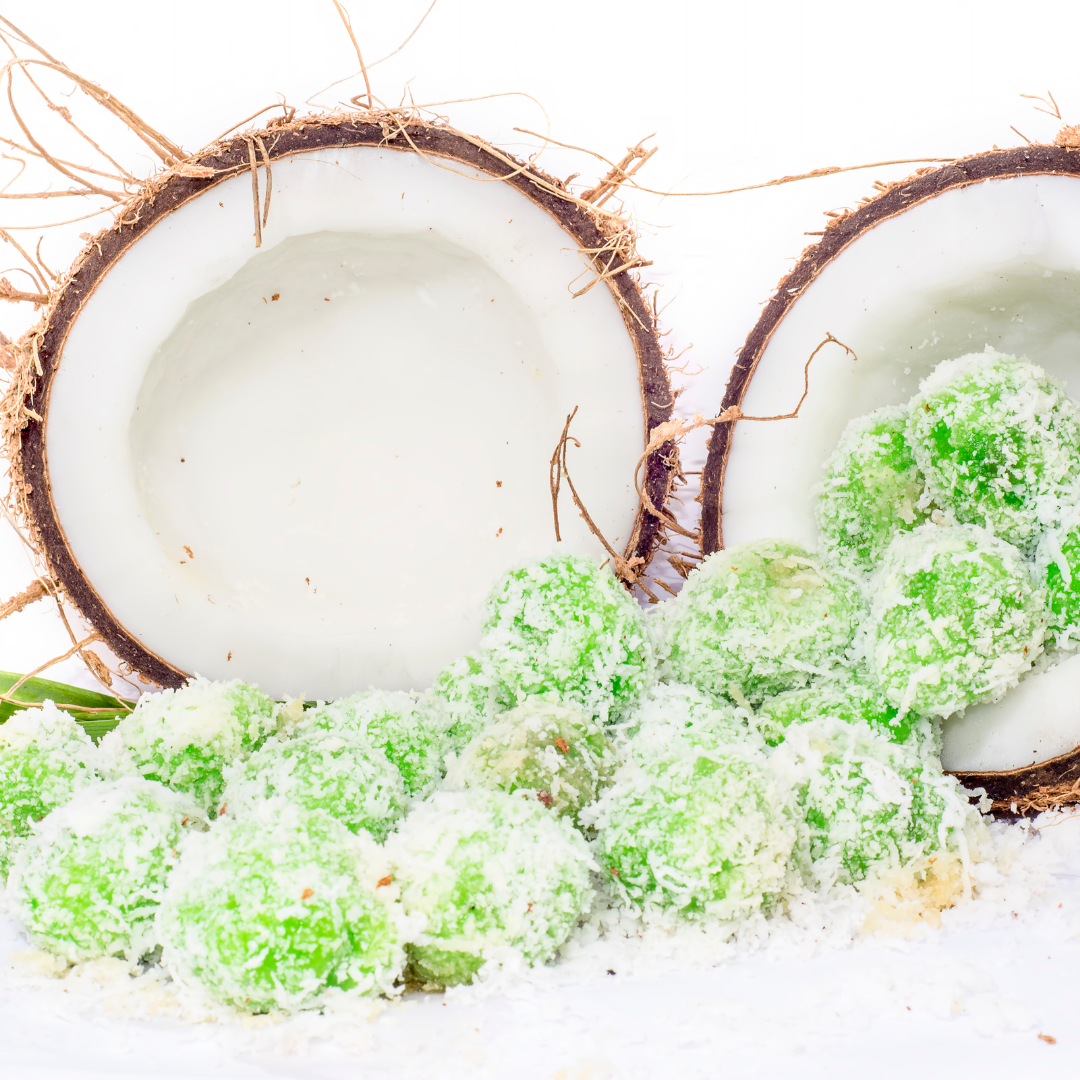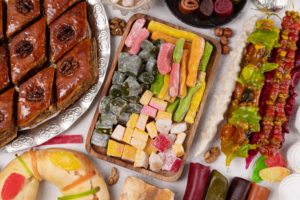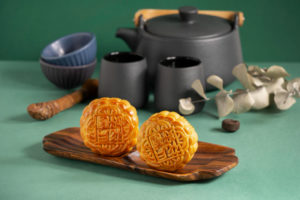Introduction of Ondeh:
Have you ever tasted Ondeh Ondeh, a delightful snack from Southeast Asia? If you haven’t, you’re in for a treat. Ondeh Ondeh is a sweet and sticky dessert made with glutinous rice flour, filled with palm sugar, and coated with grated coconut. This snack is a portion of popular street food in Malaysia, Indonesia, and Singapore, and is enjoyed by people of all ages. In this article, we’ll explore the history, variations, and recipe of Ondeh Ondeh. So, let’s dive in!
History of Ondeh Ondeh:
Ondeh Ondeh has its roots in Southeast Asia, particularly in Indonesia and Malaysia. The dessert is believed to have originated from the Malay community, who used to make it during festivals and special occasions. The name “Ondeh Ondeh” is a Malay word that means “pop-pop,” which refers to the burst of sweetness that comes from the palm sugar filling.
Over time, Ondeh Ondeh has become a popular snack in other countries in Southeast Asia, such as Singapore and Brunei. Today, this dessert is widely available in markets, food courts, and street vendors across the region.
Variations of Ondeh Ondeh:
Ondeh Ondeh comes in many variations, depending on the country and the region. Here are some of the most common ones:
- Traditional Ondeh Ondeh: This is the classic version of Ondeh Ondeh, which consists of a ball-shaped dough made with glutinous rice flour, filled with palm sugar, and coated with grated coconut. The dough is usually green in color, thanks to the use of pandan leaves.
- Pandan Ondeh Ondeh: This variation of Ondeh Ondeh uses pandan juice to color the dough instead of pandan leaves. Pandan leaves are blended with water and then strained to obtain the juice, which is added to the dough to give it a light green color and a fragrant aroma.
- Durian Ondeh Ondeh: For those who love durian, this variation of Ondeh Ondeh is a must-try. The filling is made with mashed durian flesh mixed with palm sugar, which gives it a unique and pungent flavor. The dough is usually white or cream-colored.
- Sweet Potato Ondeh Ondeh: This variation of Ondeh Ondeh uses sweet potato instead of glutinous rice flour for the dough. The sweet potato is mashed and mixed with glutinous rice flour to form a dough, which is then filled with palm sugar and coated with grated coconut.
How to Make Ondeh Ondeh:
Now that you know the history and variations of Ondeh Ondeh, let’s move on to the recipe. Here’s what you’ll need:
Ingredients:
- 200g glutinous rice flour
- 1/4 tsp salt
- 150ml pandan juice (or water)
- 100g palm sugar, chopped into small cubes
- 100g grated coconut, mixed with 1/4 tsp salt
Instructions:
- In a mixing bowl, combine the glutinous rice flour and salt. Gradually add in the pandan juice (or water), and mix until a smooth dough is formed. The dough should be soft.
- Pinch a small piece of dough, about the size of a marble, and flatten it with your palm. Place a small cube of palm sugar in the center of the flattened dough, and then shape it into a ball. Repeat this process until all the dough and palm sugar have been used up.
- Bring a pot of water to a boil. Gently drop the Ondeh Ondeh into the boiling water, and cook until they float to the surface. This should take about 3-5 minutes.
- Use a slotted spoon to remove the cooked Ondeh Ondeh from the pot, and transfer them into a bowl of cold water to cool down.
- Once the Ondeh Ondeh has cooled down, remove them from the water and roll them in the grated coconut. Make sure that the Ondeh Ondeh is well-coated with the grated coconut.
Your Ondeh Ondeh is now ready to serve. Enjoy them while they are still warm and the palm sugar filling is oozing out.
Frequently Aske Questions (FAQs):
- Is Ondeh Ondeh gluten-free?
No, Ondeh Ondeh is not gluten-free as it is made with glutinous rice flour, which contains gluten.
- Can I use brown sugar instead of palm sugar for the filling?
While brown sugar can be used as a substitute for palm sugar, the flavor and texture of the Ondeh Ondeh will be different.
- How long can I store Ondeh Ondeh?
Ondeh Ondeh can be stored in an airtight container in the fridge for up to 3 days. To reheat, simply steam them for a few minutes until they are warm.
Conclusion:
Ondeh Ondeh is a delightful snack that is enjoyed by many in Southeast Asia. Whether you prefer the traditional version or one of the many variations, there is no denying that this sweet and sticky dessert is a crowd-pleaser. Now that you know the history and recipe of Ondeh Ondeh, why not try making it at home? It’s a fun and easy way to explore the flavors of Southeast Asia.










